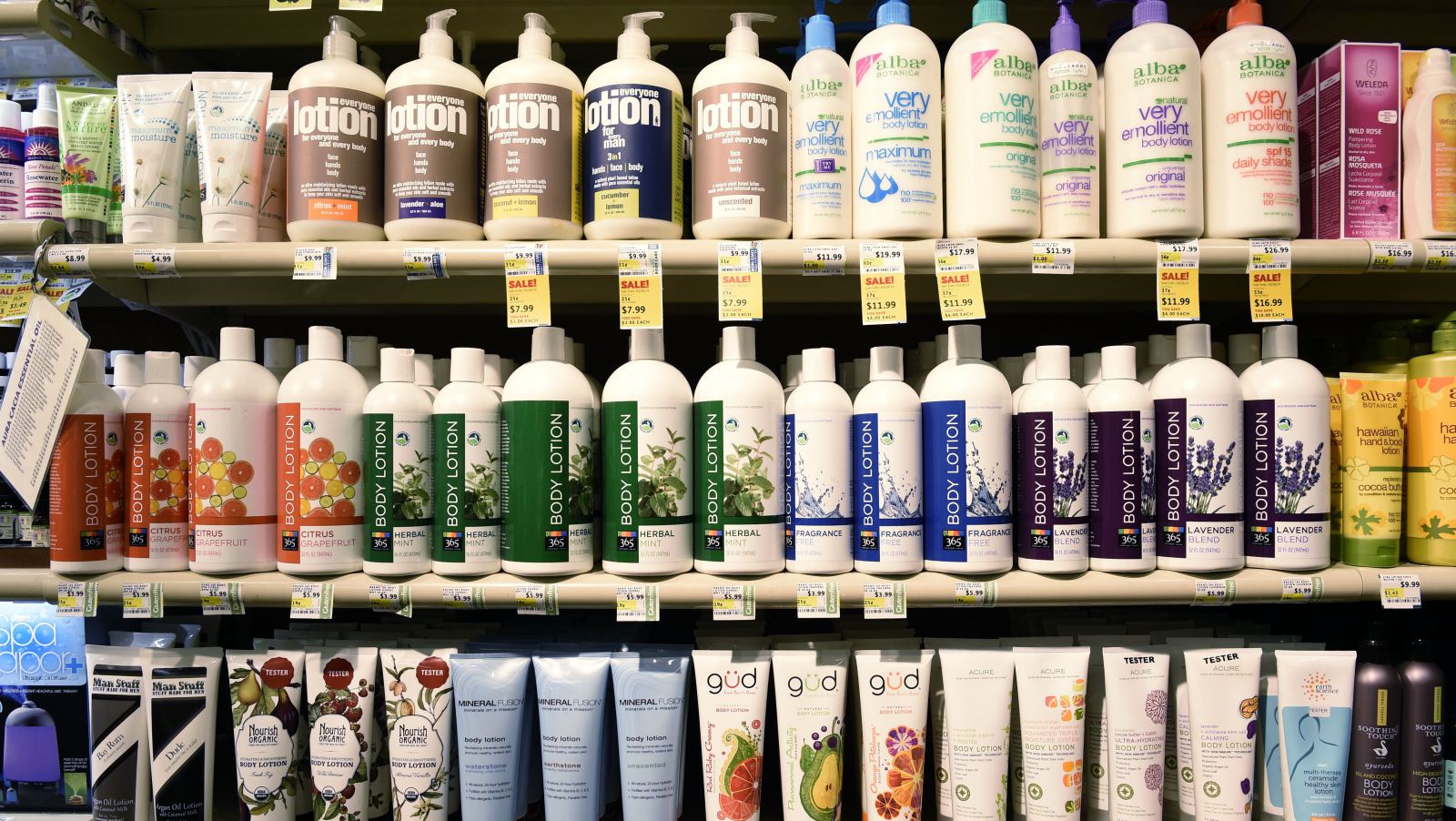There are more than 450 meanings behind “green” labels
Eco-conscious shoppers have probably noticed hordes of new “green-approved,” “100% natural” eco-friendly goods—claiming to be “certified” by some organization or other—popping up on store shelves. So many, in fact, that it becomes hard to know which claims are real.


Eco-conscious shoppers have probably noticed hordes of new “green-approved,” “100% natural” eco-friendly goods—claiming to be “certified” by some organization or other—popping up on store shelves. So many, in fact, that it becomes hard to know which claims are real.
There are at least 460 certified eco-labels around the world, covering everything from food and beverages to cosmetics and personal care items to appliances, furniture, and even companies themselves, according to Ecolabel Index, a global directory that tracks eco-labels through web scraping and independently-verified submissions. And even that number probably falls short of reality, cautioned the group, run by the environmental consultancy Big Room.
Of the 421 labels that Ecolabel Index could establish an origin date for, more than 35% were created in the last 10 years.
All of those seals and certifications—not to mention the many uncertified claims—make it difficult for eco-conscious shoppers to trust what they’re buying. One label’s environmental standards might be vastly different than another’s.
And recently, greenwashing—when an organization puts more work into green advertising and marketing than minimizing its environmental impact—became so pervasive in the US that the Federal Trade Commission has stepped in. The consumer protection agency cracked down on more than 30 unnamed brands last month for using green certification labels that were so vague about their environmental benefits that they mislead consumers.
The problem is, almost anyone can create an eco-label. Tonight, sitting in my living room, I could establish a green seal of approval and write up a list of characteristics that products need to be deemed “natural” or “environmentally friendly.”
With good marketing, my home-grown green seal might gain traction at first, but it’d be challenging and costly to maintain. I’d have to get brands on board and verify that they meet my requirements. A rigorous audit process would need to be in place to guarantee that the products or companies I certify could hold up to scrutiny from competitors, environmental groups and other organizations. And I’d have to answer to governing bodies such as the Food and Drug Administration, the US Department of Agriculture, or the Federal Trade Commission, depending on my label’s claims and the products concerned.
That’s where some green-certification groups are having trouble. And it’s part of the reason the number of new eco-labels created each year is leveling off. More than half of the eco-labels worldwide are run by nonprofits and the bulk of the others are backed by for-profit, industry and government groups, Ecolabel Index found.
“People are realizing that it’s more and more difficult to run a credible certification program,” Trevor Bowden, co-founder of the Ecolabel Index, told Quartz. “It’s expensive to do it properly.”
Urvashi Rangan of Consumer Reports argues that the crop of new green labels on the market might actually be good for consumers. The increased competition, she says, is weeding out some of the less meaningful environmental claims out there.
“We’re all for labels competing in the marketplace,” she told Quartz. “It would elevate the bar.”